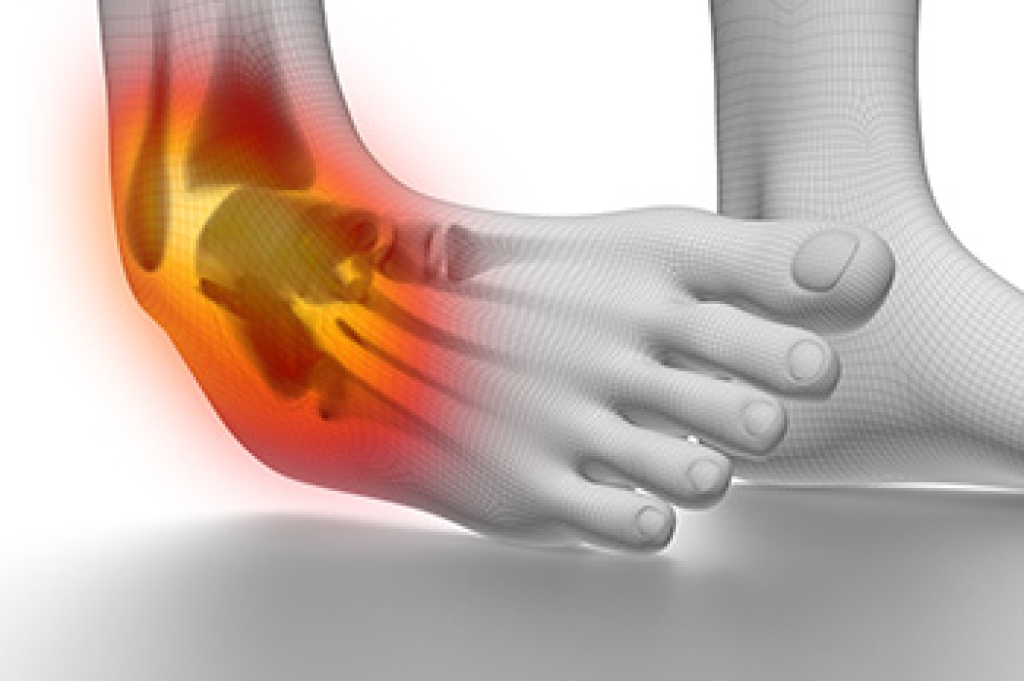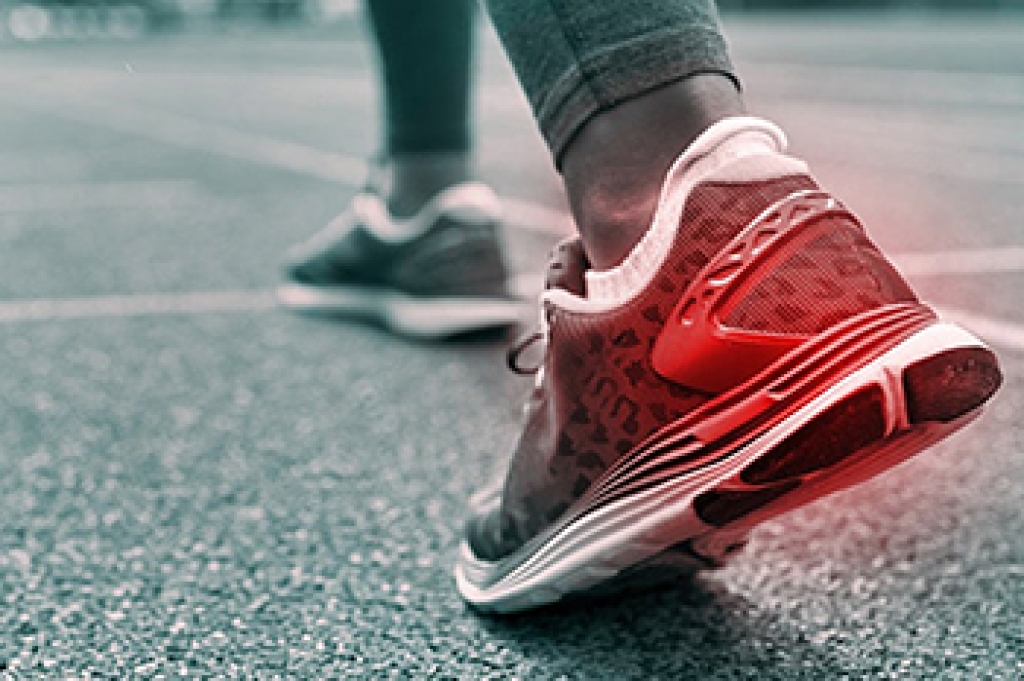
An ankle sprain occurs when the ligaments that support the ankle are stretched or torn due to sudden twisting or impact. The most common type is an inversion sprain, where the foot rolls inward and damages the outer ankle ligaments. An eversion sprain happens when the foot rolls outward, affecting the inner ligaments and often causing more severe injury. Ankle sprains are also classified by grades. A mild grade involves ligament stretching with slight pain and swelling. A moderate grade includes partial tearing, increased swelling, bruising, and difficulty walking. A severe grade involves complete ligament rupture with significant pain, instability, and loss of function. A podiatrist can help by accurately diagnosing the type and severity of the sprain, providing immobilization, if needed, guiding rehabilitation, and recommending supportive footwear or orthotics. If you have ankle pain, swelling, or difficulty bearing weight, it is suggested that you consult a podiatrist who can provide effective relief and treatment techniques.
Ankle sprains are common but need immediate attention. If you need your feet checked, contact one of our podiatrists from Family Foot Health Center. Our doctors can provide the care you need to keep you pain-free and on your feet.
How Does an Ankle Sprain Occur?
Ankle sprains take place when the ligaments in your ankle are torn or stretched beyond their limits. There are multiple ways that the ankle can become injured, including twisting or rolling over onto your ankle, putting undue stress on it, or causing trauma to the ankle itself.
What Are the Symptoms?
- Mild to moderate bruising
- Limited mobility
- Swelling
- Discoloration of the skin (depending on severity)
Preventing a Sprain
- Wearing appropriate shoes for the occasion
- Stretching before exercises and sports
- Knowing your limits
Treatment of a Sprain
Treatment of a sprain depends on the severity. Many times, people are told to rest and remain off their feet completely, while others are given an air cast. If the sprain is very severe, surgery may be required.
If you have suffered an ankle sprain previously, you may want to consider additional support such as a brace and regular exercises to strengthen the ankle.
If you have any questions please feel free to contact our office located in Rogers and Berryville, AR . We offer the newest diagnostic tools and technology to treat your foot and ankle needs.




